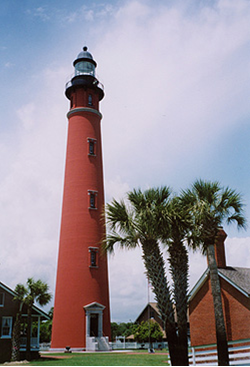
Site Established: 1834
Current Bldg. Erected: 1886
Height of Light Structure: 176.5 ft.
Focal Plane of Light: 164.5 ft.
Active: Yes
Lens: First-Order Fresnel
Beacon Visibility: 18 miles
In 1569, Spanish Captain Antonio de Prado's expedition explored an ocean inlet in the northeast corner of present-day Florida that he christened "the Mosquitoes" because of the abundance of insects that greeted them.
Although this initial landing did not result in the establishment of a colony for Spain, after a short era of English control in the middle of the 18th century Spain regained this land in 1784.
The area soon flourished with plantations and the correlating commerce that followed created the need for a navigational aid for the shipping of goods.
In 1834, the U.S. Congress authorized the establishment of a lighthouse at Mosquito Inlet.
William H. Williams was appointed the first light keeper but never had the chance to carry out his duties because the oil needed to light the tower was not delivered to the location.
After a severe hurricane in 1835 and 18 months of no oil deliveries, Williams took his family away from the lighthouse, leaving it to the whims of ransacking Seminole Indians, who broke into the tower and beacon room and confiscated the reflectors used in the lens.
This action was the beginning on the Second Seminole War, and the Battle of Dunlawton soon followed a few weeks later. It was recorded that these Seminoles used the stolen reflectors in their headdresses at this battle. Upon the Seminole victory, the area and lighthouse were abandoned for more than 50 years.
A new and exquisite lighthouse was designed by Francis Hopkinson Smith and built at the north side of Mosquito Inlet in 1886 as the need continued for a beacon between St. Augustine and Cape Canaveral to combat the dangerous currents.
In 1897, Stephen Crane, famous author of the Civil War classic novel The Red Badge of Courage was shipwrecked off Mosquito Inlet and used this new, grand light to navigate his raft back to shore. Afterwards, he wrote the famous short story "The Open Boat" to commemorate his shipwreck experience.
As the area grew in population, the location name was changed in 1926 to Ponce de Leon Inlet in the hopes of helping the real-estate market with a more appealing name.
In 1933 the lighthouse tower received electricity and within a decade the grounds were used to house Coast Guardsmen in World War II, who watched and patrolled the shores for enemy submarines.
In 1970 the Coast Guard built another beacon south of the present lighthouse land and deeded the current land to the town of Ponce Inlet, spurring the founding of the Ponce de Leon Lighthouse Preservation Association. The association acquired the designation of a National Historic Landmark for the lighthouse in 1972 and reactivated the light in 1982.
Over the past 30 years the Ponce de Leon Lighthouse Preservation Association painstakingly restored this lighthouse to its former splendor and glory.
...
...
Ponce Inlet, Florida
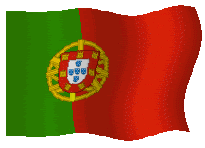


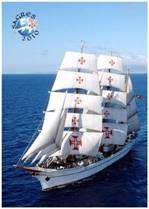





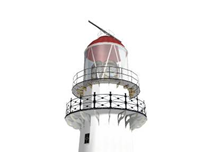













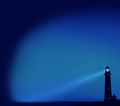


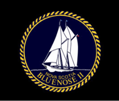

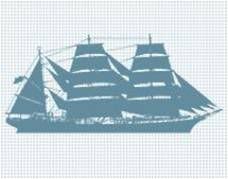
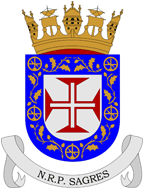
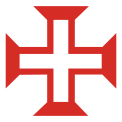
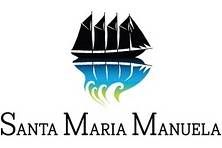
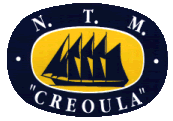

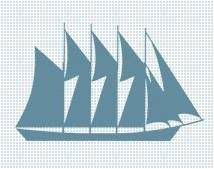
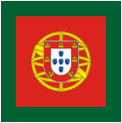
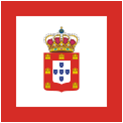
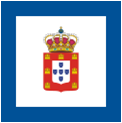
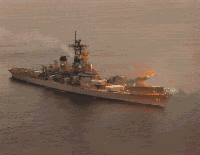


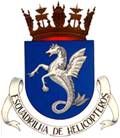
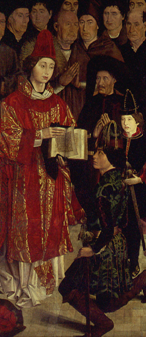
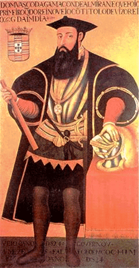
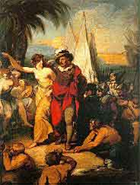






























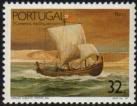
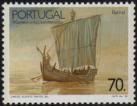


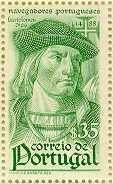


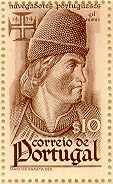

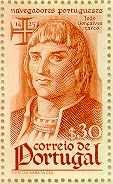
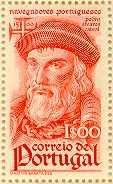
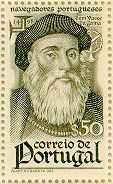
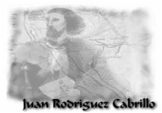
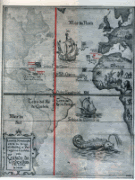
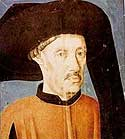
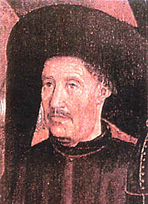

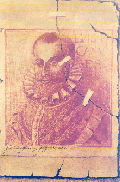
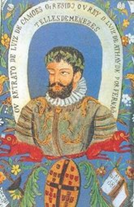
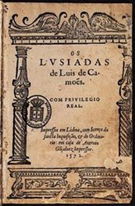
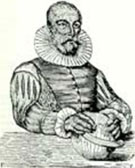

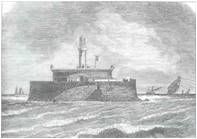



































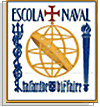
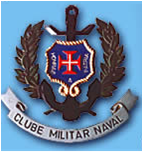






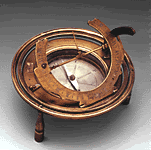
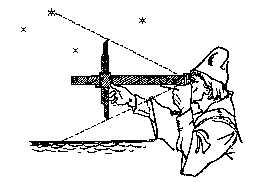










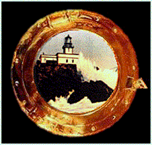


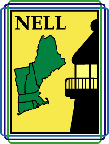


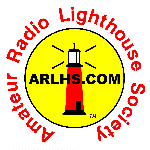


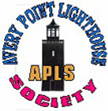



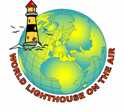
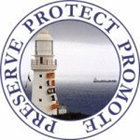
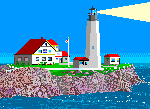




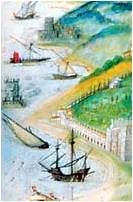
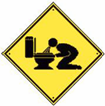
2 comentários:
Olá
Só agora descobri o teu site.
Bom trabalho.
Amanhã (23 Março) terei uma noticia no meu blog relativo à transformação de um farol num museu de naufrágios.
Se quiseres aparece e aproveita o link.
Abraço
Pedro Caleja
P.S. O link nos navios mercantes não funciona.
Who knows where to download XRumer 5.0 Palladium?
Help, please. All recommend this program to effectively advertise on the Internet, this is the best program!
Enviar um comentário